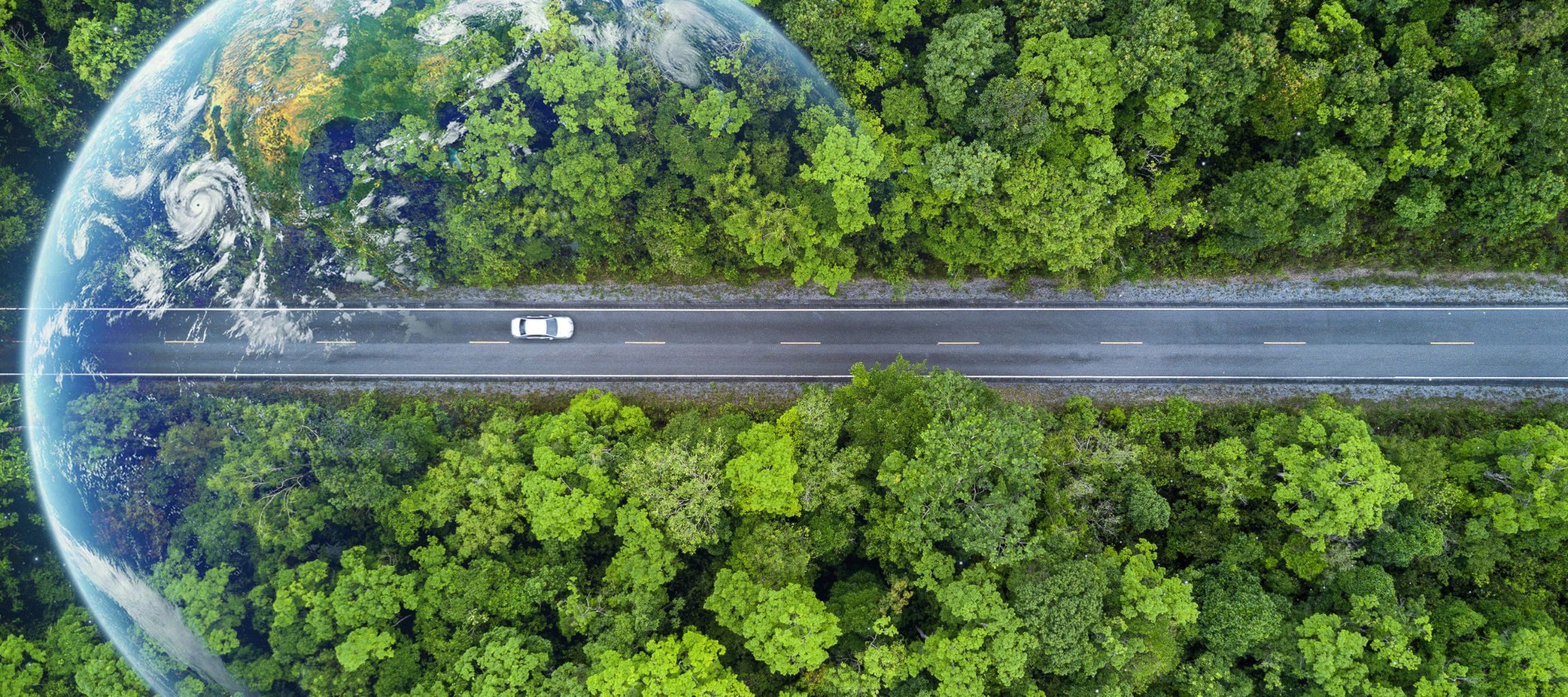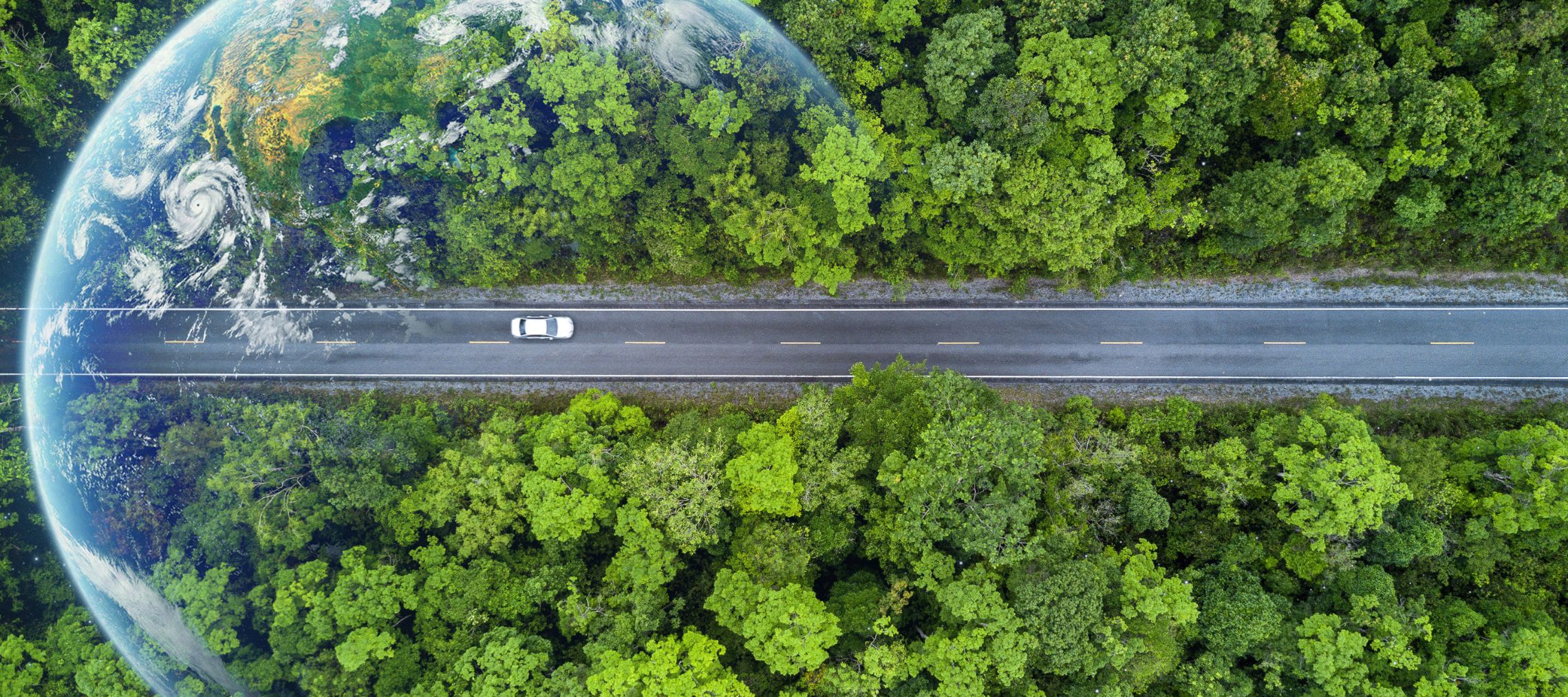Shifting towards renewable energy is key to addressing India's challenges of climate change and energy security, without compromising on developmental aspirations. CSTEP is working on the two paths of increasing the use of clean energy and reduction of energy wastage to achieve this objective. Our work involves finding clean (and cost-effective) energy solutions for industries, developing innovative models for solar energy generation, and collaborating with policymakers on implementation strategies for renewables.






Decarbonising the MSME manufacturing sector in India
Small industries or micro, small, and medium enterprises (MSMEs) are a crucial sector in India’s development. They have a large carbon footprint, partly because of the nature of energy consumption, with over 80% of the energy consumed being required for thermal processes to produce heat (e.g. in boilers and furnaces). These thermal energy demands have traditionally been met through fossil fuel sources (such as coal, natural gas, and pet coke), making MSMEs a hard-to-abate sector.
Press Release: Scope for deep decarbonisation in the MSME manufacturing sector
Bengaluru, 28 June 2024: The Micro, Small and Medium Enterprises (MSMEs) contribute to 31% of India’s gross domestic product, almost 50% of exports, and 57% of all employment in manufacturing sectors, making them crucial to the economy. However, they are highly energy- and emission-intensive.
Scope for deep decarbonisation in the MSME manufacturing sector
The Micro, Small and Medium Enterprise (MSME) industries are still majorly dependent on fossil fuels for their energy requirements, making them particularly susceptible to increasing fuel prices. With energy costs having a substantial share in the overall manufacturing costs, the need for sustainable alternatives is crucial. Decarbonisation of MSMEs is necessary to reduce fossil fuel dependency in the industrial sector.
Could MSMEs provide a second chance for solar thermal technologies?
India’s nationally determined contribution (NDC) target has been updated to achieve 50% cumulative electric power installed capacity from non-fossil fuel sources by 2030.
Accelerating the future of solar energy in India through AI
As India fully embraces the renewable energy (RE) transition and works to achieve its energy targets, harnessing the potential of artificial
intelligence (AI) can cause a transformative shift in the energy sector and pave the way for a smart energy future.
A straw in the wind - Will achieving grid parity propel India’s offshore wind?
India is endowed with a 71 GW offshore wind potential, as per the assessment by the National Institute of Wind Energy (NIWE), but the country is yet to set up its first offshore wind plant. In a timely move, the Government of India has initiated bids for offshore wind development of a 4 GW capacity recently.
Navigating the Agricultural Biomass Supply Chain in India
By February 2024, India's biomass power capacity had surged to 10,845 MW as per the Ministry of New and Renewable Energy (MNRE). This surge in biomass power is crucial for India as it aims to meet 50% of its energy requirements from renewables.
Integrated Value Chain Approach for Agrivoltaic Systems
The narrative on agrivoltaics (agriPV) primarily revolves around farmers, recognising their central role in integrating solar energy with agriculture. Increasing farmer incomes and other co-benefits is a critical component in any government plan for agriPV across the globe. However, in a country as diverse as India, it is crucial to explore innovative strategies for agriPV that go beyond the farmer-centric business model. In this context, engaging companies working in the agricultural space can be instrumental for the advancement of agriPV.